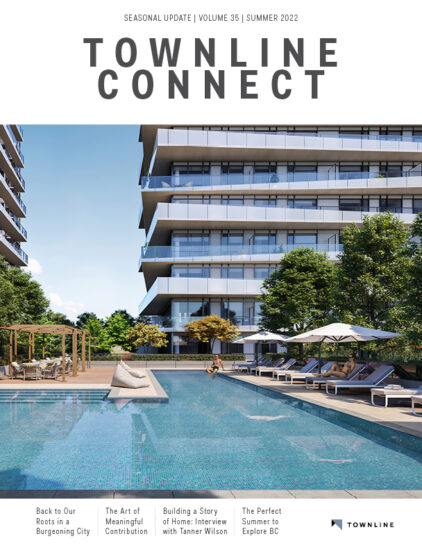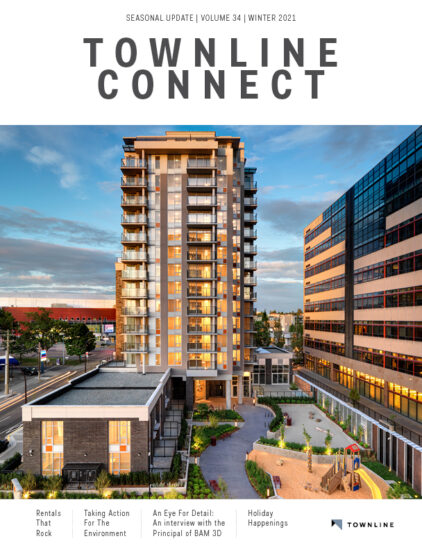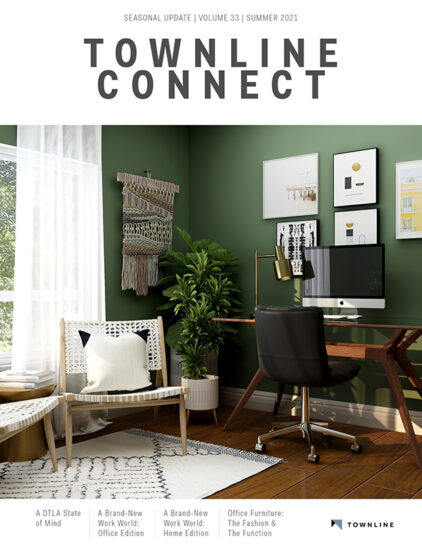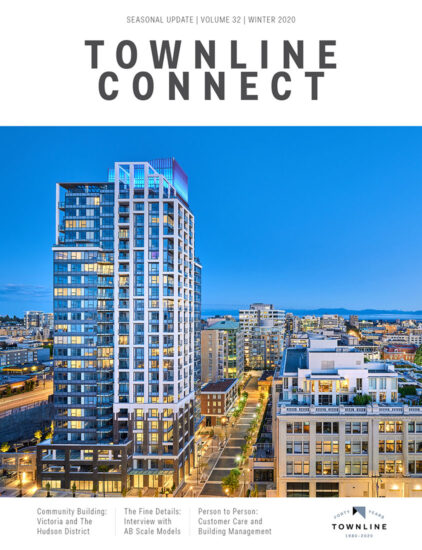
Many of us have retreated into home offices both makeshift and memorable for the past year or more. Zoom meetings, Microsoft Teams, Slack channels, spur-of-the-moment digital communications(late-night texts from the office, anyone?) and our general comfort level with technology has made it an unexpectedly easy transition for those fortunate enough to have the option. But perhaps what has surprised individuals and businesses most is its potential for long-term efficacy.
Working Here, There, or Anywhere
Skipping the commute and heading to the (home) office in your slippers certainly does have its advantages. More time with family ranks among the best benefits. The ability to cook healthy food for lunch or go for an evening run before dinner helps us feel more balanced in the work week. Household tasks can be
more easily taken care of, and life feels generally a little less overstretched. Yet the downsides persist. That time with family can be a bit burdensome during working hours – if we’re trying to meet our own deadlines while the kids are clamouring for help with their homework, important meetings are interrupted by enthusiastic dogs barking, or a prolonged moment of concentration turns out to be thanks to the colourful new mural on the kitchen wall. For many, working from home is simply untenable. The framework of working hours – or lack thereof – can also create an issue, as distractions eat away at productivity. On the flip side of this, separating work from home can be a challenge, as the nine-to-five stretches late into evenings, and mornings seem to start earlier each day. According to Forbes, remote workers actually work longer hours than their in-office counterparts. There’s real risk of burnout here, which can lead to long-term health and career repercussions.
Work from Work
For many, the sense of community and the richness of collaboration that only an office environment can offer is what will draw us back out of our homes. In a global study by Steelcase of 32,000 participants across 10 countries, 10 out of 10 countries reported that isolation was the greatest concern for people working from home. “We need our people, we miss our colleagues, and work is a fundamental way this desire for belonging and community is fulfilled,” writes Tracy Brower for Forbes. “Sure, we can connect virtually, but it’s just not the same.” There’s a palpable change in the office air as we contemplate what our new work world really looks like. Since a clear office vs. home divide no longer exists for many companies, how will the office of today (and tomorrow) adapt to meet these changing conditions? For starters, the world just may become more flexible. We know how to do it now, so why not work from home a little more often? Yet in the Steelcase study, 54% of US respondents said they expect to work from home just one day per week or less – and 26% expect to work from home two to three days per week. That puts plenty of emphasis back on the office. The communal workplace is a model of collaboration, community, expediency and quality that we’re just not willing or ready to part with. Now more than ever before, it will also be a place of flexibility, adaptability, and joy.
NEW TRENDS IN OFFICE DESIGN
Studies show that most of us crave a quiet professional environment in which to excel in our jobs, advance our careers, and separate our work world from our personal lives. Yet the workplace landscape has changed over the past year, potentially irrevocably. So how do we recreate our concept of office space to make it a place that companies and employees will want to be part of?
Safety First
The future of office space is clean, safe, and welcoming. That means excellent air quality and higher-than-ever standards of facility cleanliness, with strict adherence to safety protocols. Work population density will be considered in a new light, and food safety matters, too. No more communal snack bowls!
Make it Meaningful
To draw employees back out of their homes, the workplace must offer balance and meaning. That might include plentiful outdoor spaces, collaboration spaces, and building amenities designed for wellness. We likely won’t bring our fuzzy slippers to the office, but we do want to bring a new understanding of work time, work space, and human balance.
Offer Flexibility
Flex desks and flex schedules will align in the workplaces of the future. This can be a benefit to employers and employees alike, as greater flexibility and lower overhead combine to create an atmosphere of productivity, cohesiveness, and job satisfaction. Many companies, including tech giants like Google, are looking to a new home-office mix as the future of how we work.
NOW TRENDING: OFFICE OWNERSHIP
Why rent when you can own? Commercial strata ownership is a popular model commonly found in sophisticated commercial centres around the world – especially in Asian centres such as Hong Kong, Shanghai, and Singapore. In Vancouver, office ownership has historically been less well understood. But now, demand is outstripping supply.
In downtown Vancouver, Metrotown, and Richmond, strata office ownership has become a hot commodity. Savvy buyers see the long-term value of ownership in a city where vacancy rates are among North America’s lowest – driving rental rates increasingly higher. An influx of big-name companies like Amazon and Microsoft have bought up masses of office space in Vancouver’s core business centres, and small business owners are often left scrambling to find leasable spaces small enough – and affordable enough – to fit their businesses. Strata office ownership puts the power of ownership in the hands of the business owner. It’s an opportunity for investment in the future of the business, and a safeguard against uncertainty. For pure investors, strata office ownership offers the security of long-term tenants in a heated rental market, in a city that keeps on growing.
Past Volumes

Volume 35
Summer 2022
Click below to read

Volume 34
Winter 2021
Click below to read

Volume 33
Summer 2021
Click below to read

Volume 32
Winter 2020
Click below to read